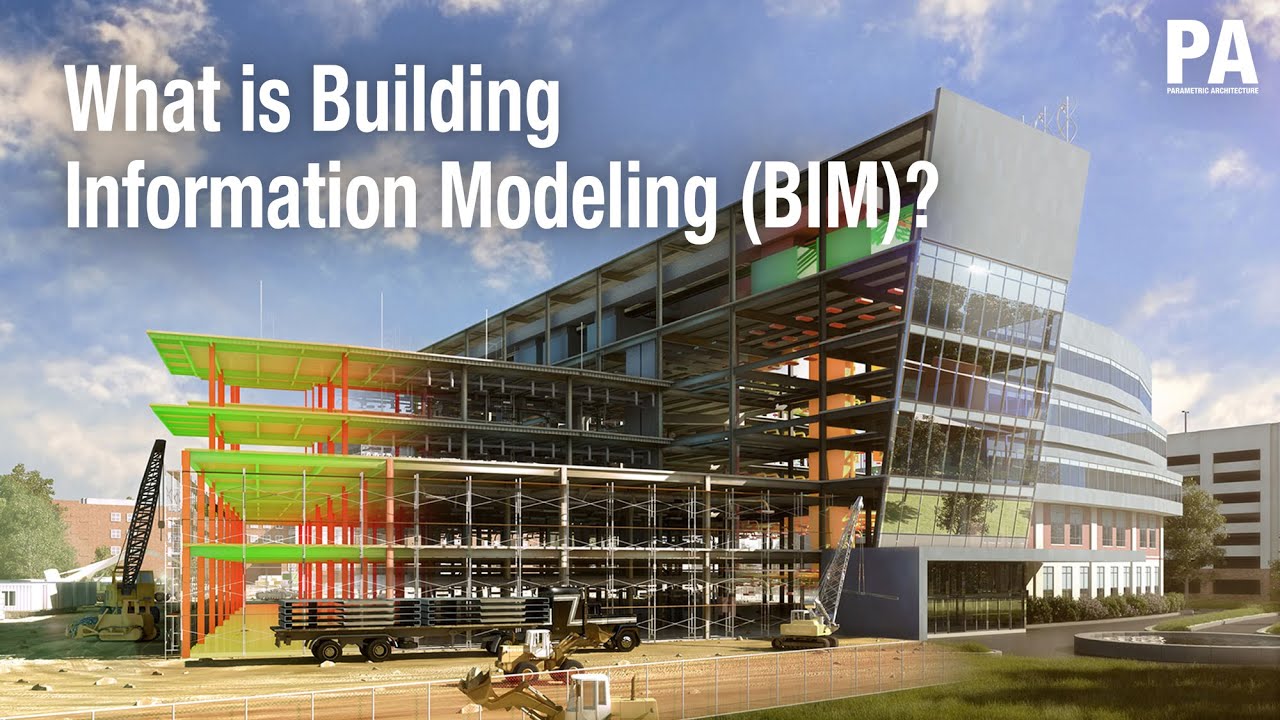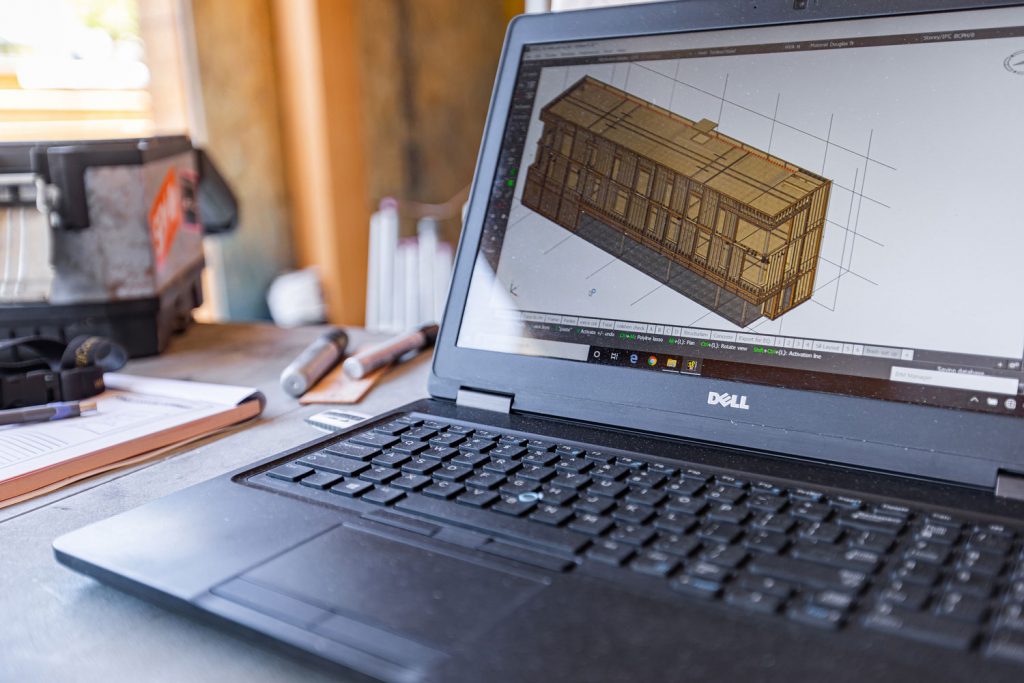Building Information Modeling (BIM) is a process of creating and managing information about construction projects using virtual models that assist architects and engineers in detecting any possible design, construction, or operating difficulties. Various tools, technologies, and digital representations support the BIM techniques.
A History of BIM
Chuck Eastman created the first tool for modeling buildings in the late 1970s, called BDS, or Building Description System. According to Eastman, a computer system that permits modifying information regarding design, construction, and operational analysis might be used as an alternative to utilizing drawings as building records. Another early pioneer in this field, Jonathan Ingram, worked on RUCAPS, Sonata, and Reflex software. These tools varied from previous architectural drawing tools in that they included additional information to the building model, such as time, cost, manufacturer’s data, and sustainability.
World’s first actual BIM-capable program, Sonata, was released in 1986 by Ingram. Later, ArchiCAD was introduced in 1987, which was the first commercial BIM program for personal computers. Indeed, the phrase “Building Information Modeling” did not become widespread until the early 2000s when Autodesk published a white paper with the same title. The approach replaced graphics-first design software with database-first technology, resulting in a single source shared by multi-disciplinary design and construction teams.
Finally, Revit was introduced and quickly became a major player in the BIM industry.
BIM encompasses a lot more than mere geometry. It covers spatial relationships, geospatial information, building component properties, cost, asset management, sustainability, manufacturer information, and more. Architects, surveyors, civil engineers, and structural engineers are professionals who use BIM to communicate information. Each expert contributes detailed data from their area to the model, which integrates the models of multiple distinct disciplines.
Please visit and subscribe to our YouTube channel and stay tuned to our videos.





















Leave a comment